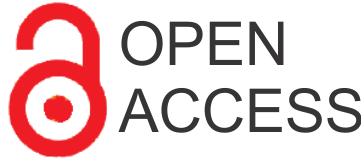E3 Journal of Biotechnology and Pharmaceutical Research
E3 Journal of Biotechnology and Pharmaceutical Research Vol. 6 (1) pp. 009-012, May 2017; © E3 Journals; ISSN 2141-7474
DOI: http://dx.doi.org/10.18685/EJBPR(6)1_EJBPR-16-011
Comparative study of the effect of bitter leaf extract and antibiotics (gentamycin and amoxicillin) on bacterial species isolated from wound
Oshilim A.O1 *1 Department of Science Laboratory Technology, Delta State Polytechnic Ozoro, Delta State, Nigeria
*Corresponding Author E-mail: tony4biz32@yahoo.com
Accepted 17 March 2017
Abstract
Skin is the major organ of the human body which plays a vital role in maintaining health of human being. Certain diseases defined as infectious or communicable diseases are caused by pathogenic organisms. Some of the most common causative microorganisms related with infections include Staphylococcus aureus, Mycobacterium species, Lactobacillus species, Entrococcus species, Enterobacter aerogenes and Corynebacterium species. Most of the diseases spread by the bacteria which invade inside the body through skin. Bacterial infections on skin are the common ailment for generation of other disease in the body. Bacterial diseases are type of infectious diseases caused by pathogenic bacteria. These infections disturb the body immune system and causes inflammation, tissue damage and thus resulting in delayed wound healing process. The present study was undertaken to investigate the antibacterial effect of bitter leaf extract on pathogenic organisms isolated from wound. The antibacterial activities of bitter leaf extract (V, amygdalina) were determined against wound pathogens isolated from our study using Disc diffusion method for antibiotic sensitivity. The prevalence of the isolated wound pathogens were Corynebacterium species (80%), Staphylococcus aureus (50%), and Enterobacter aerogenes (30%). All the extracts showed marked antibacterial activity but to varied zones of inhibition.
Keywords: bitter leaf, extract, antibiotics, wound, Gentamycin, Amoxicillin
[Download Article - PDF]




